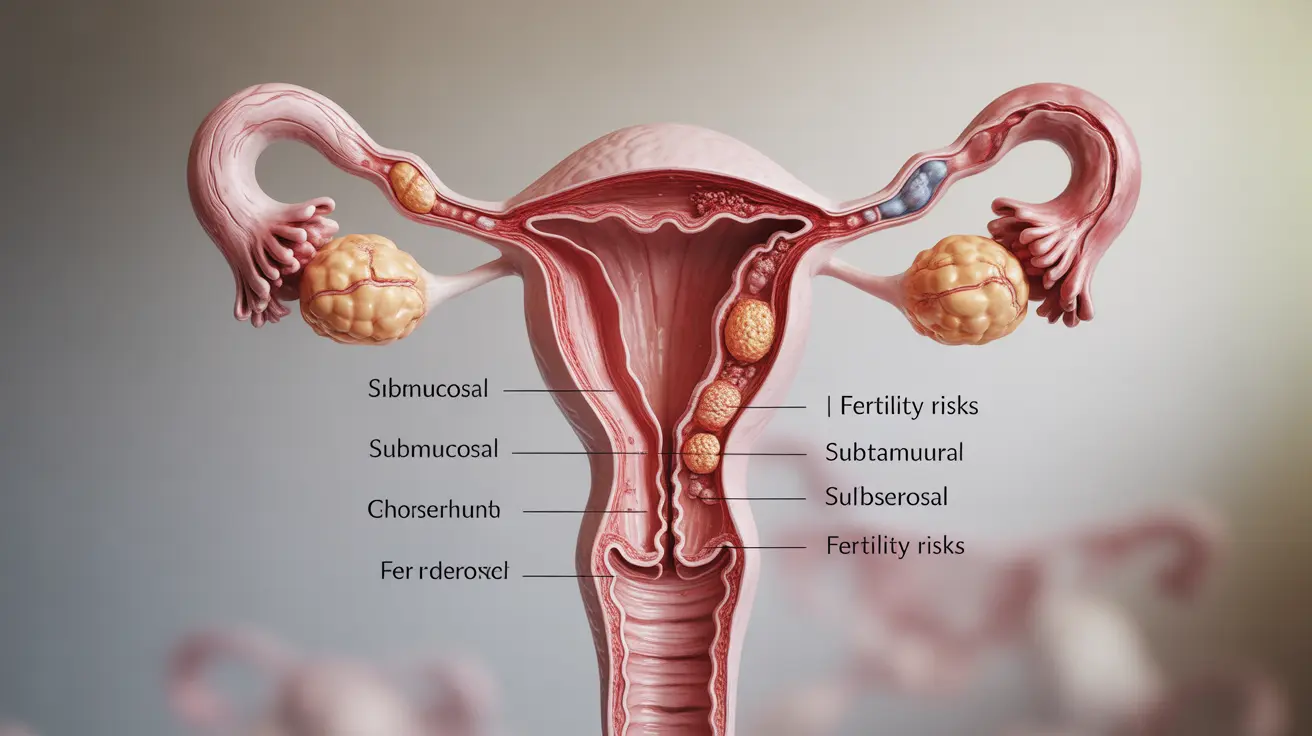Eyebrow shaving has become a popular trend in beauty circles, offering a quick and temporary way to reshape or remove eyebrows. However, this practice comes with its own set of considerations and potential risks. In this article, we'll explore the safety aspects of shaving your eyebrows, discuss proper techniques, and provide essential aftercare tips to help you achieve the look you desire while minimizing potential complications.
Is Shaving Your Eyebrows Safe?
While shaving your eyebrows is generally considered safe when done correctly, it's important to understand the potential risks involved. Unlike other hair removal methods that target the hair follicle, shaving only removes the visible part of the hair above the skin's surface. This means the results are temporary, but it also reduces the risk of long-term damage to hair growth.
Potential Risks to Watch Out For
When shaving your eyebrows, be aware of these potential risks:
- Skin irritation or razor burn
- Accidental cuts or nicks
- Uneven results
- Rapid regrowth of stubbly hair
- Potential for infection if proper hygiene isn't maintained
Understanding these risks can help you take the necessary precautions to ensure a safer eyebrow shaving experience.
Best Techniques for Shaving Eyebrows
To achieve the best results and minimize irritation when shaving your eyebrows, follow these techniques:
Preparation is Key
Start by thoroughly cleansing the eyebrow area to remove any dirt, oil, or makeup. This helps prevent bacteria from entering any small cuts that might occur during shaving. Gently exfoliate the area to remove dead skin cells, which can help achieve a smoother shave.
Choose the Right Tools
Use a small, clean razor specifically designed for facial hair or eyebrow shaping. Avoid using large razors meant for body hair, as these can be too cumbersome for the delicate eye area.
Shaving Technique
Hold the skin taut with one hand to create a smooth surface. Using short, gentle strokes, shave in the direction of hair growth to minimize irritation. Take your time and be extra cautious around the edges of your brows to maintain your desired shape.
Aftercare for Shaved Eyebrows
Proper aftercare is crucial to prevent infection and irritation following eyebrow shaving. Here are some essential steps to follow:
Immediate Aftercare
Rinse the area with cool water to soothe the skin and remove any loose hair. Apply a gentle, alcohol-free moisturizer to hydrate the skin and reduce the risk of irritation.
Ongoing Care
Keep the area clean by washing gently with a mild cleanser twice daily. Avoid applying heavy makeup or potentially irritating products to the shaved area for at least 24 hours. If you notice any signs of infection, such as redness, swelling, or unusual discharge, consult a healthcare professional promptly.
Eyebrow Regrowth and Correcting Mistakes
One of the advantages of shaving eyebrows is that the hair will grow back relatively quickly. However, this can also be a disadvantage if you're not happy with the results. Here's what you need to know about regrowth and correcting mistakes:
Regrowth Timeline
Eyebrow hair typically grows back within 2 to 8 weeks, depending on your individual hair growth cycle. Initially, the regrowth may appear darker or coarser, but this is usually temporary as the hair softens with length.
Correcting Mistakes
If you've made a mistake while shaving your eyebrows, try these solutions:
- Use eyebrow makeup to fill in any uneven areas temporarily
- Consider using an eyebrow growth serum to promote faster regrowth
- Be patient and allow time for the hair to grow back naturally
- Consult a professional beautician for advice on shaping and correcting during the regrowth phase
Tools and Hygiene for Eyebrow Shaving
Using the right tools and maintaining proper hygiene is crucial for safe eyebrow shaving. Here are some recommendations:
Recommended Tools
Choose from these tools for eyebrow shaving:
- Small facial razors or eyebrow razors
- Precision trimmers designed for facial hair
- Clean, sharp scissors for trimming longer hairs before shaving
Maintaining Hygiene
To keep your tools clean and hygienic:
- Rinse razors thoroughly after each use
- Disinfect tools with rubbing alcohol before and after shaving
- Replace disposable razors after each use or at the first sign of dullness
- Store tools in a clean, dry place to prevent bacterial growth
By using clean, appropriate tools and maintaining good hygiene practices, you can significantly reduce the risk of skin irritation and infection associated with eyebrow shaving.
Frequently Asked Questions
Is shaving my eyebrows safe and what are the main risks to watch out for?
Shaving eyebrows is generally safe when done correctly, but risks include skin irritation, accidental cuts, uneven results, and potential infection if proper hygiene isn't maintained. Always use clean tools and follow proper shaving techniques to minimize these risks.
What are the best techniques for shaving eyebrows to avoid irritation and uneven results?
To achieve the best results, cleanse and exfoliate the area first, use a small facial razor, hold the skin taut, and shave in the direction of hair growth using short, gentle strokes. Take your time and be extra careful around the edges of your brows to maintain your desired shape.
How do I care for my skin after shaving my eyebrows to prevent infection and irritation?
After shaving, rinse the area with cool water, apply a gentle moisturizer, and keep the area clean by washing twice daily with a mild cleanser. Avoid applying heavy makeup or irritating products to the shaved area for at least 24 hours, and watch for any signs of infection.
How long does it take for shaved eyebrows to grow back, and what should I do if I make a mistake?
Shaved eyebrows typically grow back within 2 to 8 weeks. If you make a mistake, you can use eyebrow makeup to fill in uneven areas temporarily, consider using a growth serum, or simply be patient and allow time for natural regrowth. Consulting a professional beautician can also help with shaping during the regrowth phase.
What tools should I use for eyebrow shaving and how can I keep them clean and hygienic?
Use small facial razors, precision trimmers, or clean, sharp scissors for eyebrow shaving. To maintain hygiene, rinse tools after each use, disinfect with rubbing alcohol, replace disposable razors regularly, and store tools in a clean, dry place. Proper tool maintenance is crucial for preventing skin irritation and infection.




